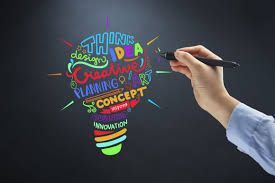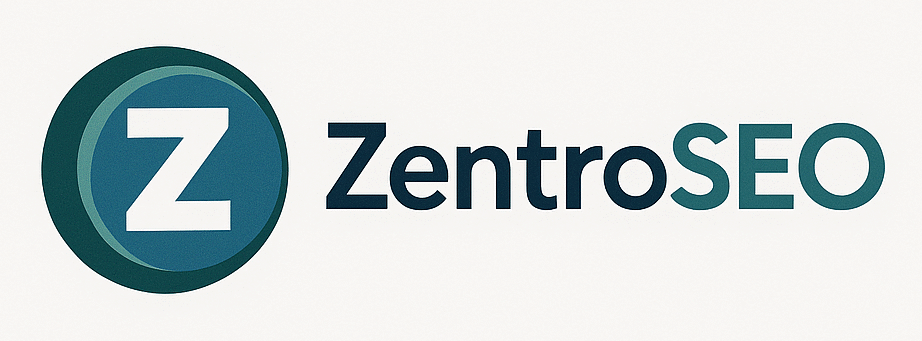
Top Skills Every Graphic Designer Needs to Succeed
Graphic design is a creative and constantly evolving field. To thrive as a designer, it’s important to develop the right graphic designer skills that combine creativity, technical knowledge, and problem-solving abilities. These skills help designers create compelling visuals that communicate messages effectively and stand out in a competitive market.
1. Creativity and Imagination
Creativity is the foundation of great design. Successful designers can think outside the box, develop unique concepts, and transform ideas into visually engaging designs. Creativity allows designers to make work that is not only beautiful but also meaningful.
2. Proficiency with Design Tools
Knowledge of design tools is essential for turning ideas into professional work. Software such as Adobe Photoshop, Illustrator, InDesign, Figma, and Canva helps designers execute their vision efficiently and accurately.
3. Typography Skills
Typography is key in guiding the reader’s eye and enhancing communication. Understanding fonts, spacing, alignment, and hierarchy ensures that designs are clear, visually appealing, and easy to read.
4. Understanding of Color Theory
Colors evoke emotions and can influence how a message is perceived. Knowing color theory and psychology helps designers choose palettes that match the project’s tone, convey the right message, and strengthen branding.
5. Communication and Collaboration
Designers often work with clients and cross-functional teams. Clear communication, active listening, and the ability to incorporate feedback are crucial for delivering designs that meet expectations and achieve project goals.
6. Attention to Detail
Small details can make a big difference. Careful attention to alignment, spacing, consistency, and overall visual balance ensures professional-quality work that resonates with audiences.
7. Problem-Solving and Critical Thinking
Graphic design is about solving problems visually. Designers must understand the project’s purpose, audience, and goals to create solutions that are functional, engaging, and effective.
8. Adaptability and Continuous Learning
The design field evolves constantly with new trends, tools, and techniques. Staying adaptable and continuously learning helps designers stay competitive and improve their craft over time.
9. Time Management and Organization
Meeting deadlines and managing multiple projects is essential in professional design work. Good organization and time management ensure projects are completed efficiently without compromising quality.
Final Thoughts
Developing the right graphic designer skills is essential for anyone looking to succeed in the design industry. From mastering design tools and typography to enhancing creativity and problem-solving abilities, these skills equip designers to create impactful, professional work that stands out in today’s competitive market.

